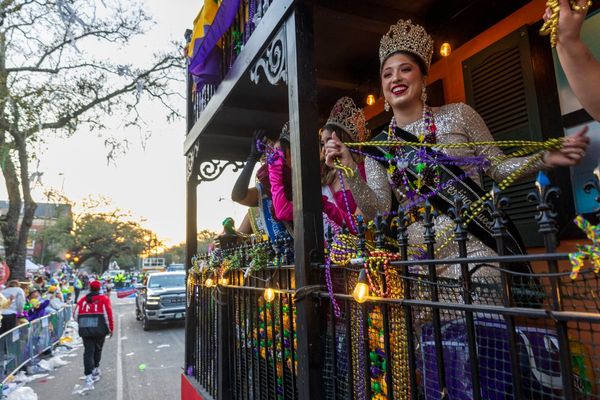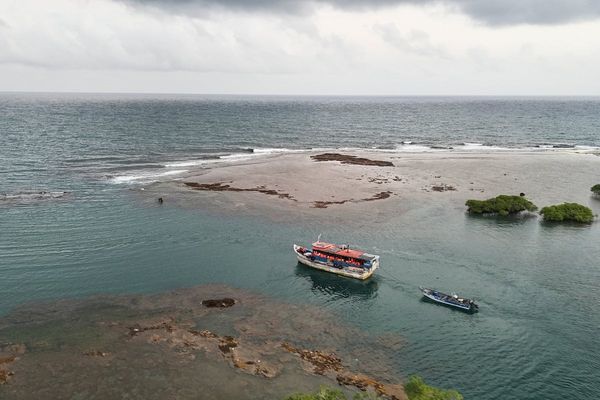
Marketing strategy at the world’s largest brewer has gone through a significant change over the past year. I recently asked Richard Oppy, VP of global brands at AB InBev, to brief us on what’s been taking place.
Paul Talbot: Emerging from the pandemic and reflecting on AB InBev strategic marketing decisions made in early 2020, what worked out well and what could have turned out better?
Richard Oppy: Very early on, our CMO Pedro Earp made a crucial, strategic marketing decision that greatly impacted our business. Rather than take a defensive or conservative position during the Covid-19 pandemic, we used this time to accelerate the transformation of our team as modern marketers.
Another big decision we made during this time was to turn our marketing plans on their head and implement a company-wide Ideas For Good process. We pooled all of our resources, and every week for three months, our teams from around the world came together to pitch ideas against a brief for what we could do to help our communities and customers in need.
As a direct result of this process, we pivoted our breweries to make hand sanitizer and fill oxygen tanks; we even helped build hospitals in Brazil and Mexico. From this process, we also developed brand programs like Rally For Restaurants, a global program that generated $7.4M in short-term cash flow for over 24,000 restaurants in 21 countries.
But we didn’t just execute these programs to sell beer. Instead, for us, our motivation lay in taking a leadership position. In the long run, we believed that if we seized the moment and took action as leaders, our investment would pay off in brand reputation, consumer trust and relationship building.
We also learned during this time to be more agile as marketers. We learned how to collaborate more effectively across functions and across markets.
Yet, while executional agility helped make us a much stronger team, on the flip side, it also exposed gaps around our digital measurement and analytics. Although we had gotten in the habit of launching campaigns at an incredible speed, our reporting was lagging, and we couldn’t access the real-time metrics we needed to optimize our media spend.
We also weren’t completely clear on what metrics we should be optimizing for and what metrics really mattered. In addition, we had to learn how to execute and measure the performance of live-stream events, which became our main experiential platform during this time.
Talbot: How do you see the relationship between consumers and brands evolving?
Oppy: For some businesses, Covid-19 was a completely disruptive force, which totally reshaped the relationship that companies and brands had with their consumers. But for us, Covid-19 was an accelerant, supercharging the major category and consumer trends (like the shift from out-of-home to in-home consumption, trading up from core to more premium offerings or the decline of free-to-air TV audiences) that had been emerging pre-pandemic.
Like many during this time, our long-term plans became our short-term plans overnight. However, because we were confident that the changes we were witnessing in consumer behavior were here to stay, we approached this period as an opportunity to fuel our transformational agenda; doubling down on bets like our e-commerce and direct to consumer businesses.
From a brand perspective, the pandemic also reinforced our previous belief that the way to earn the respect and trust from consumers is through action, not words.
Running an ad that talks about how ‘we’re all in this together’ is very different from actually doing something tangible to help alleviate a pain point or put a smile on someone’s face.
Take Budweiser as an example. When the pandemic first hit, Budweiser pivoted their US sponsorship dollars to support frontline workers. More recently, Budweiser pulled out of the Super Bowl for the first time in 37 years and redirected funds towards the Ad Council to support vaccination awareness.
Talbot: When you examine AB InBev media investments, what potential areas of improvement are you asking your teams to focus on?
Oppy: We have asked our teams to focus on embracing and embedding a ‘test and learn’ mentality into all of our media planning and buying rhythms, underpinned by a robust ROI.
Our teams are experimenting with the efficiency and effectiveness gains that we can generate by integrating our own first-party data into our audience buying versus those found by using standard profiling tools.
In addition, our teams are encouraged to stay curious. They are looking beyond Facebook and Google for opportunities in which to capitalize on emerging or out-of-favor channels that offer a degree of ‘attention arbitrage.’
Lastly, one big area our teams are focused on is making sure we get the fundamentals of our media planning and execution right. I was sitting in a Facebook review a couple of weeks ago, and our key ROI misses were centered around non-optimal campaign duration and frequency, not necessarily the most exciting component of media, but it’s a leaky bucket if you don’t get it right.
Talbot: How significant is the ability to take a tactical concept that works in one market and export it to others, such as the Budweiser patriotic can packaging in the U.S.?
Oppy: One of our key competitive advantages is being able to scale and adapt ideas across markets at a pace and with executional excellence.
While this approach makes sense in terms of mitigating risk, economies of scale, and speed to market, it’s probably most significant when applied to strategic innovations.
Take the global expansion of Michelob Ultra as an example. This expansion taps into the mega trend of health and well-being but equally creates tactical impact with things like flavor variants that travel well or promotional mechanics like Budweiser’s Red Light promotion.
While some ideas like our recent Messi 644 limited edition cans catch fire across the world, we believe that to be successful, the local nuance and market development stage always need to be taken into consideration; giving us the right runway necessary to make local adaptations accordingly.







